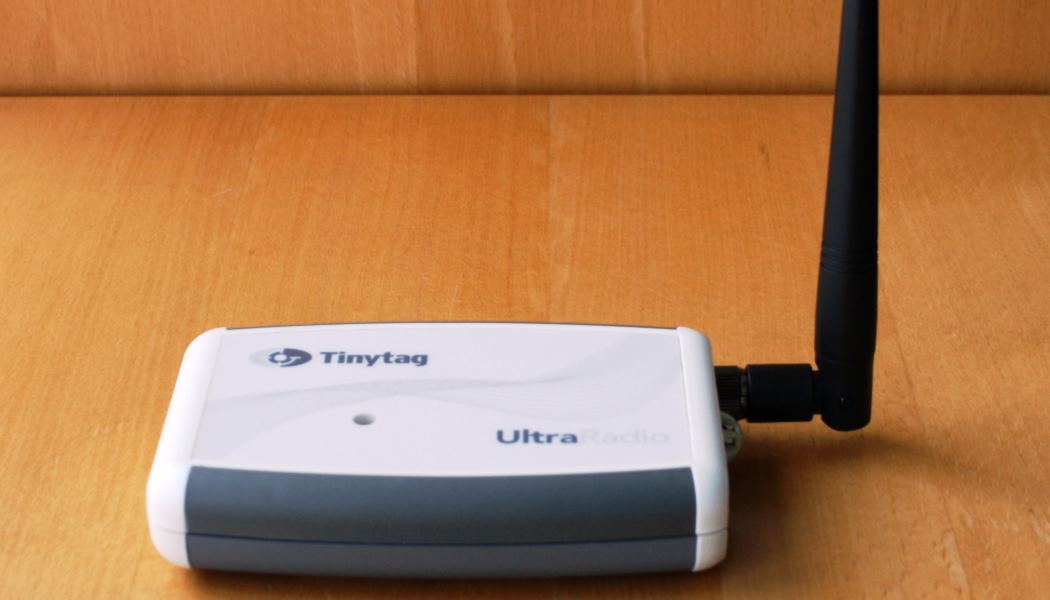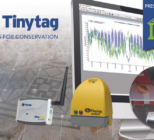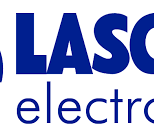Temperature and relative humidity monitoring with Tinytag radio data loggers is aiding the Canal & River Trust with conservation work in its museum stores and galleries.
One of the most important ways that the CRT cares for its collections is through preventive conservation. Fundamental to this approach is storing collections in the right environment to minimise deterioration, so it is essential that the temperature and relative humidity is monitored in the areas where the collections are housed.
The Tinytag Radio Data Logging System
The Tinytag Radio System gathers temp/RH data automatically using wireless communications and is one of the most versatile and easy to use systems of its kind. It consists of a receiver connected to a computer or LAN, and a number of radio loggers which self-configure to form a robust mesh network. The loggers work together to send temp/RH information via the receiver for viewing on a PC, across a LAN, or remotely across the internet. Data is viewed and the loggers set up initially in Tinytag Explorer, an easy to use Windows program. There is no need to individually configure, or manually access each device to view the data, making it ideal for applications with multiple monitoring points.
Direct access to the data is therefore available from the convenience of the user’s own desk and alarm warnings can be sent when the value being monitored goes out of a user-defined limit.
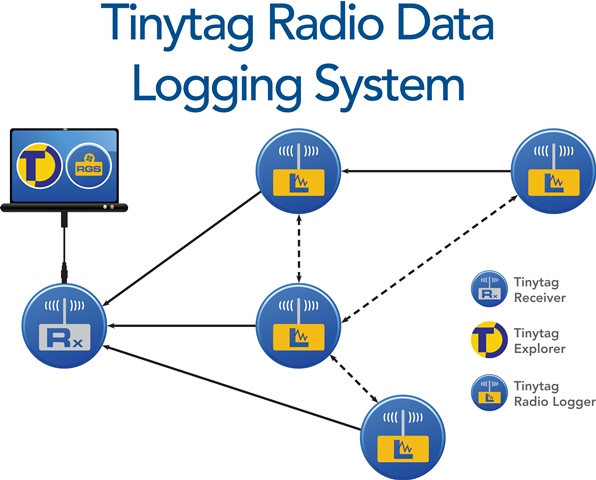
The Solution
The Trust chose Tinytag Ultra Radio data loggers to record this essential information. With their discreet design, they are ideal for unobtrusive monitoring in public areas. The loggers monitor temp/RH in two separate sites, with data accessed from one central location.
The Canal & River Trust has five loggers at its site in Ellesmere Port located in the stores and displays. There are also three loggers in the displays at Gloucester Waterways Museum, and the Trust soon aims to use the loggers across all three sites. The Ultra Radio loggers monitor the temperature and relative humidity to build up a picture of what is happening in the stores and galleries, to help assess the need for environmental control measures. In general, museums aim for RH between 40% – 65% and temperatures between 10 – 21°C.
The Tinytag Radio System is an ideal solution for the Trust, as it provides data from different sites that can be accessed using their IT network at one central computer.
Margaret Harrison, Collections Manager at the CRT said: “We had a really great service from Gemini Data Loggers. They helped us to identify exactly what we needed and how the system would work best for us and what we could achieve within our budget. The after sales service has been brilliant too and there’s always been someone available to help.”
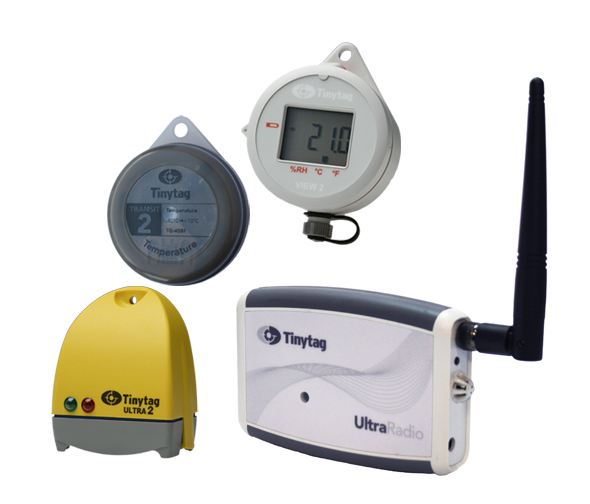
Monitoring using data loggers and data interpretation
As well as the Radio Data Logging System, Gemini Data Loggers also manufactures small, discreet standalone data loggers that are left to record temperature and relative humidity data in the required area, with data then downloaded manually to a PC via a USB cable and viewed in the Tinytag Explorer software.
Using data loggers in museums and galleries to provide definitive information about temp/RH conditions can help identify measures needed to achieve a controlled environment and establish an informed preservation strategy. Using loggers to record accurate information about conditions over time is much more effective for building comprehensive profiles than manually taking spot readings, which may not be possible for example at night or during periods of seasonal closure.
It is important to measure temperature and humidity at key points throughout a site as environmental conditions may vary. Data loggers should be positioned to avoid putting them on the floor, near a heat source, near a humidifier/dehumidifier or beside a door or window. Loggers can be set by the user to take readings as frequently as required. To be effective, ideally a monitoring program should be carried out over at least one change of seasons. For smaller museums, monitoring may be particularly important over the winter months if the museum is closed and unoccupied.
Data recorded from the loggers can be analysed to help evaluate the performance of heating, ventilation and air conditioning systems, which can be an important factor in ensuring the optimum conditions for preservation. It can provide data to assess the need for dehumidifying equipment. Data analysis can also help pinpoint fluctuations in conditions with a view to identifying possible causes. For example a rise in humidity may be due to rain, visitors with wet coats in the galleries, open doors, a leaking roof, mopping of floors etc. People also have a significant effect on the environment, raising the temperature and increasing the relative humidity in popular areas.
Five minute videos are available on Gemini Data Loggers’ website illustrating how the Radio System and standalone data loggers work. For further information contact:

Gemini Data Loggers (UK) Ltd
Scientific House, Terminus Road
Chichester, West Sussex
PO19 8UJ
United Kingdom
Tel: +44 (0)1243 813000
Email [email protected]
www.tinytag.info

